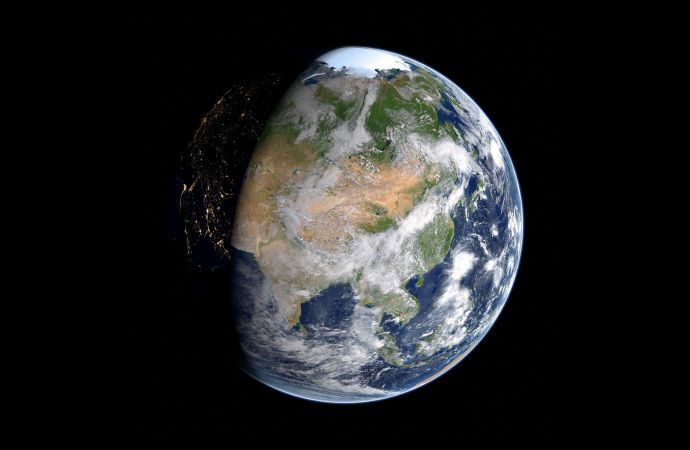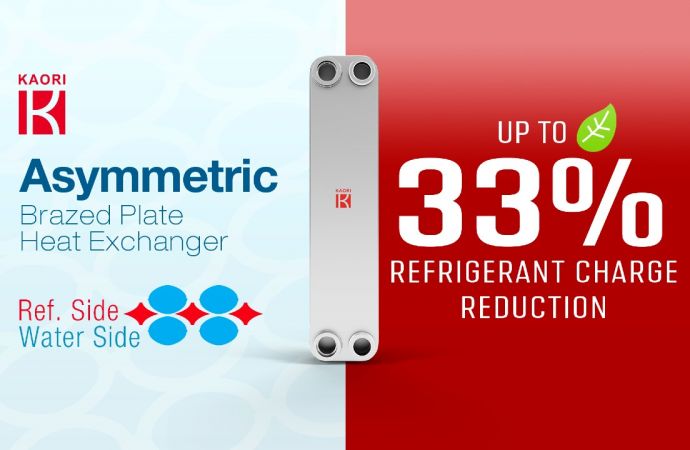18 factories in China are continuing to use CFCs, explaining why the ozone-depleting chemical was found in the atmosphere earlier this year, according to the NGO.

Today the Environmental Investigation Agency (EIA) released a report providing evidence that the ozone-depleting chemical CFC-11, which was banned in 2010, continues to be used by 18 different companies in China.
The report may offer an explanation for May 2018 findings published in Nature by Montzka et al. concluding that CFC-11 has been increasing at a rate of 25 ± 13 % since 2012 in East Asia.
The EIA gathered the evidence from speaking to the main Chinese manufacturers of polyurethane (PU) foam. Out of the 21 companies contacted by the NGO, 18 said they are working with CFC-11 as a blowing agent to manufacture foams, which are then used to insulate buildings and appliances.
“The CFC-11 is used to make the premixed ‘white agent’ (component B) which is combined with other ingredients to manufacture moulded foam panels and spray foams,” the report explains.
“The majority of China’s foam industry continues to use CFC-11,” the EIA added in a press release. The NGO points out that, “these are not isolated incidents” and are “common practice” in the industry.
In using the ozone-depleting chemical, some Chinese industry players argue that it is better quality and cheaper than more sustainable alternatives, the report explains. “One company representative told EIA sources that HCFC-141b [an alternative still allowed in China under its Montreal Protocol obligations] is 1000 RMB ($150) per tonne more expensive than CFC-11,” the report notes.
HCFC-141b will also be phased out soon in China. The World Bank expects Chinese industry to resist this move, stating in 2010 in an addendum to a report it published that, “without strong policies and regulations, foam enterprises will not sign phase-out contracts”.
Where are the CFCs being used?
Chinese traders admitted, during conversations with the EIA, that they are using some of the ozone-depleting substance themselves or buying it at undisclosed locations.
Production of this ozone-depleting substance in China has also been confirmed by an investigation led by the New York Times, which also spoke to CFC traders in China, and found several court documents over the last few years where companies have been fined for engaging in these environmentally harmful activities.
The EIA, in its report, notes the fines for producing, selling or consuming ODS are quite low and range from 5000 RMB ($750) to 1 million RMB ($150,000) “depending on the violation.” The NY Times said, in its article, that many of the CFC producing companies it spoke to “treat fines and shutdowns as just the price of business”.
Liu Le, a refrigeration expert in Shandong, noted in a presentation to Chinese officials that the situation has been difficult to monitor, as these businesses don’t have registrations or names on their factories. “Some of them regularly move, making it very difficult for the acting agencies to exercise oversight,” Le claims.
The Chinese government is yet to respond to these allegations, but will address this matter soon, according to the NY Times. The EIA advises in its report that China “immediately cracks down on the illegal activities of the companies identified and their network,” along with introducing other initiatives like more effective checks, more investigations, and higher fines.
“If China doesn’t stop this illegal production, it will imperil our slowly healing ozone layer,” said Alexander von Bismarck, executive director, EIA US. “CFC-11 is also a super global warmer, making this a serious threat for our climate as well. What we’ve uncovered is a systemic problem, not isolated incidents. It requires a comprehensive nationwide intelligence-led investigation and higher penalties throughout the sector that fit the crime.”
Clare Perry, climate campaign leader, EIA UK, added: “This is an environmental crime on a massive scale. Steps need to be taken to ensure enforcement and compliance with all the obligations of the Montreal Protocol, including new controls on HFCs. How the Montreal Protocol addresses this issue will determine whether it continues to merit its reputation as the world’s most effective environmental treaty.”
The Open-Ended Working Group of the Montreal Protocol meets this week in Vienna, Austria (11-14 July), where the issue is likely to be discussed further. The EIA report recommends that the Montreal Protocol and its Parties should, “request the Scientific Assessment Panel (SAP) and Technology and Economic Assessment Panel (TEAP) to further analyse the atmospheric measurements and foam sector and provide information and recommendations to the Parties”.
The EIA argues that, more atmospheric monitoring of chemicals banned by the Montreal Protocol, “a multi-stakeholder task force” and “licensing systems,” along with other efforts detailed in the report, could help the Parties to the Montreal Protocol prevent emissions of ozone-depleting chemicals.
Video by the EIA on the CFC-11 investigation in China.
Related stories



